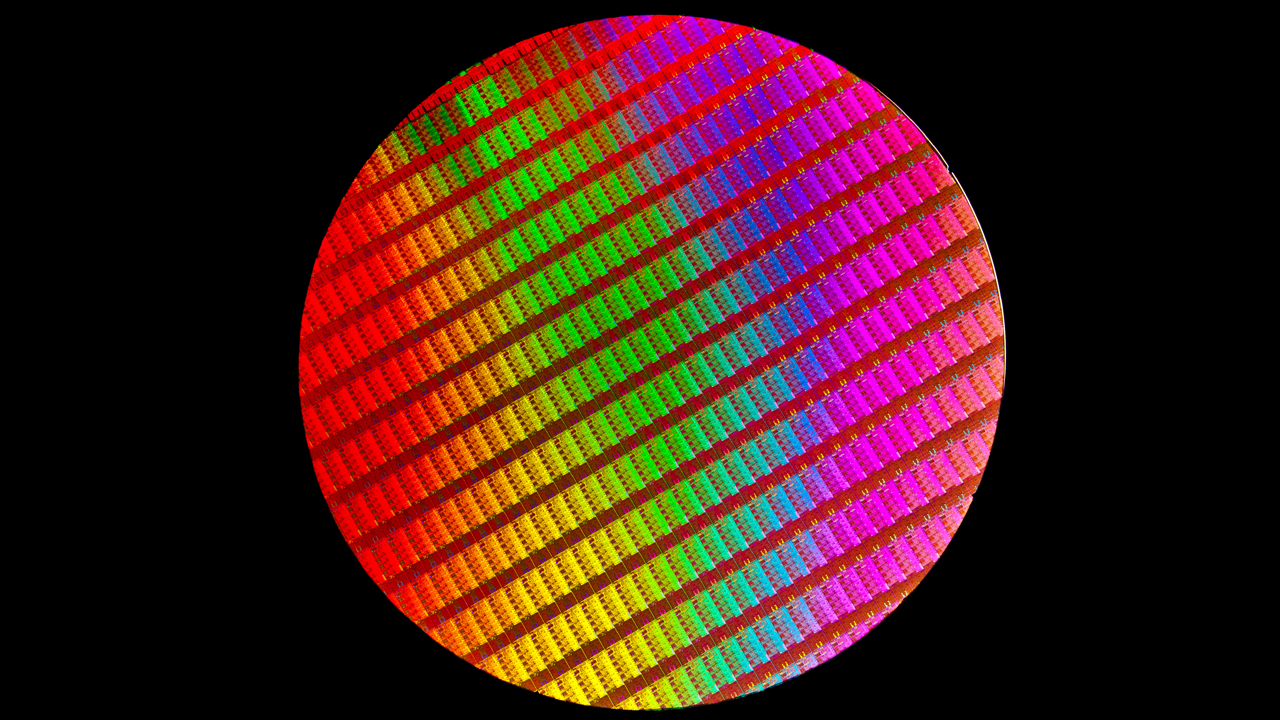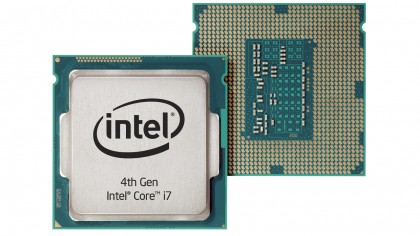Haswell: everything you need to know about Intel's latest Core processors
Intel's latest chips uncovered

Intel's new Haswell chips are here. The question is, should you care? As we'll discover, the answer depends entirely on what you want from a PC. Haswell is a new family of 22nm processors from Intel, still known as i3, i5 and i7 inside PCs and on the shelf.
So has Intel succeeded again? As we'll find out the answer is a bit of yes and no. Where Intel has failed us, those failures are entirely intentional. Where it has succeeded, it reflects Intel's current and likely future priorities.
To put it simply, Intel's consumer-level processors have been all about mobility right back to those first Core processors in 2006.
Intel will release a new version of Haswell, called Haswell-E, in the second half of 2014, possibly at IDF in San Francisco to target the lucrative enthusiast/workstation markets.
This new version, whose launch Intel apparently postponed by a couple of quarters, will see the introduction of a new chipset (the X99), Intel's first 8-core, non-server processor as well as DDR4 memory.
All about mobility
But with Haswell, that focus has almost entirely put paid to progress to the pure CPU part of the chip in desktop performance terms. We'll find out more about this bias as we dig deeper into the technicalities of the new Haswell chips. But what was a niggling doubt with previous processors has become screamingly obvious. Intel has done almost nothing to improve the desktop experience with Haswell.
For mobile PCs, Haswell is all kinds of awesome. You could even argue it's the beginning of a new era of computing. Laptops that can survive for a week on a single charge. Touch devices that combine a true tablet form factor with the power of a desktop PC. It's portable, nay pocketable, computing with any compromises.
Are you a pro? Subscribe to our newsletter
Sign up to the TechRadar Pro newsletter to get all the top news, opinion, features and guidance your business needs to succeed!
The work Intel has done with both power consumption and integrated graphics is excellent for laptops and tablets. It's also very promising for a new generation of ultra-compact PCs, including Intel's own NUC as well as set-top boxes, tiny gaming machines, PCs hanging off the back of monitors, you name it, Haswell is going to make it either possible or much better than before.
If that's the upside, the downside is that with Haswell, Intel has taken its disregard for desktop customers to new levels of indifference, maybe even spite. Yes, the desktop is somewhat on the wane by some metrics. And the fact that Intel's main competitor, AMD, has failed to turn up to the fight in several parts of the traditional desktop market hardly helps.
But even taking those factors into account, the way Intel has designed, positioned and priced desktop Haswell processors approaches spite for desktop customers. Somebody's got to say it. So we will.

But hold that thought. First, let's deep dive into Haswell as a technology. Because as you'd expect from an Intel processor architecture, it's a marvel of modern chip engineering. That's actually something all too easy to loose sight of, especially when Intel muddies the message with its marketing machinations. Haswell is a proper bit of kit. The big news involves two key metrics, power efficiency and graphics.
Haswell power efficiency
Intel says Haswell represents the biggest single generational gain in power efficiency in the history of its x86 PC processors. Yup, bigger even than the gains Intel made going from the infamously overheating end-of-line Netburst Pentium 4 chips to the first Core Duo processors. Wow.
So what has Intel done to achieve that and what does it mean for actual devices like laptops and tablets? The process started with Intel changing its targets for power consumption. 35 to 45 watts used to be the design target for Intel mobile processors. Now the target is 10 to 20 watts. And don't forget, we're talking about relatively mainstream chips here, not the very lowest voltage parts.
Technology and cars. Increasingly the twain shall meet. Which is handy, because Jeremy (Twitter) is addicted to both. Long-time tech journalist, former editor of iCar magazine and incumbent car guru for T3 magazine, Jeremy reckons in-car technology is about to go thermonuclear. No, not exploding cars. That would be silly. And dangerous. But rather an explosive period of unprecedented innovation. Enjoy the ride.